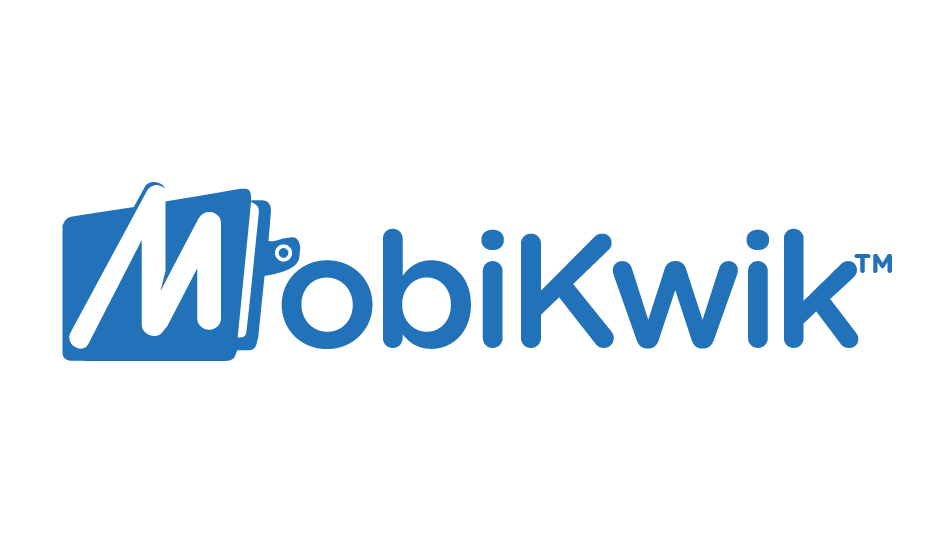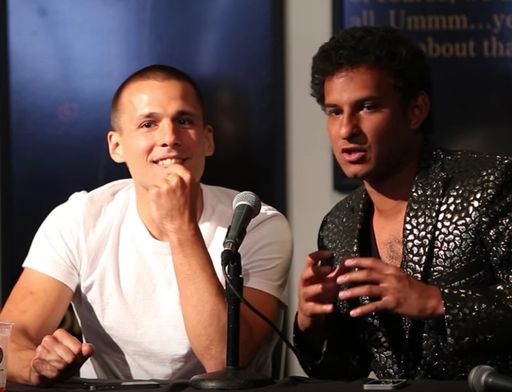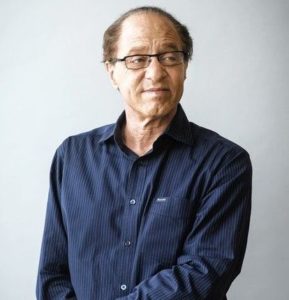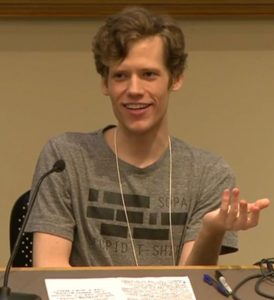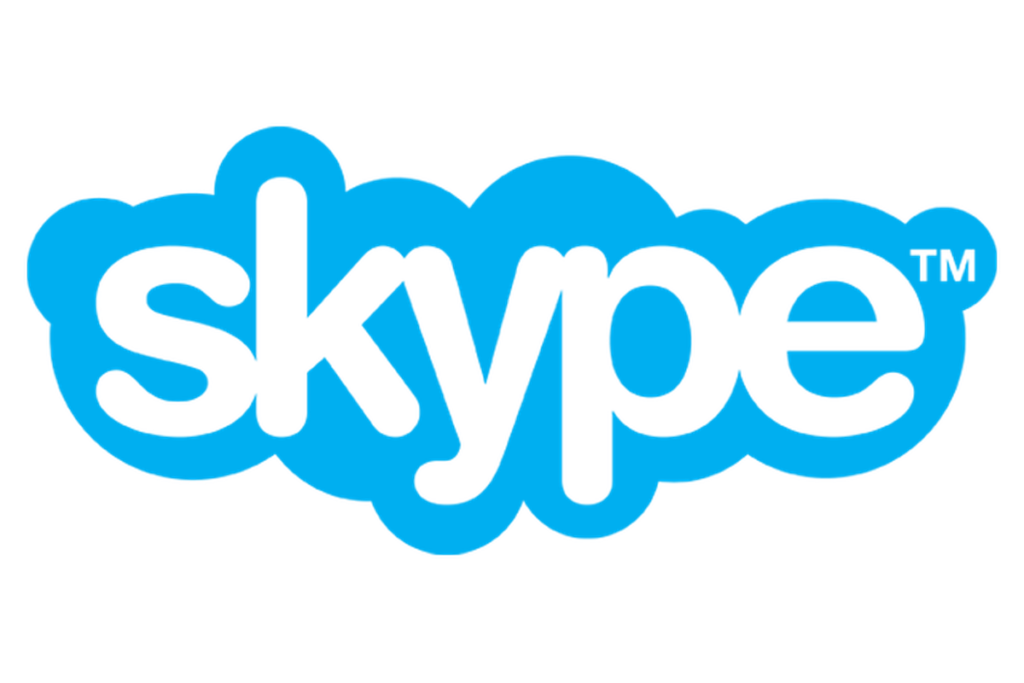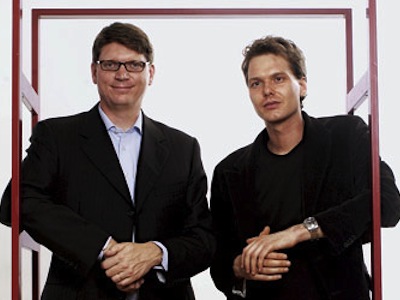Bipin Preet Singh : The Journey from IIT Delhi to Founding MobiKwik
Here’s a story of another successful IITian whose name got added to the already glorious record of entrepreneurs from IITs. Bipin Preet Singh has become quite a significant figure in the start-up society after he launched MobiKwik in 2009.
MobiKwik is a Gurgaon based Indian start-up which provides a mobile application to carry out online payments. Hence, it contributes largely to the initiative taken to digitalize the payment system in the country. The company also built its Lite app in 2016 so that anyone with poor internet connectivity can also access the application.
Before founding MobiKwik, Singh explored different kinds of job which included Training Facilitator and SoC Architect.
Early Life and Early Career
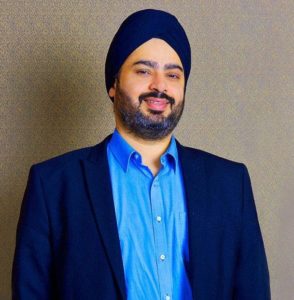
Bipin Preet Singh graduated with a B Tech degree in Electrical Engineering in 2002 from IIT Delhi. Soon after graduating from college, he started working for Intel as the Senior Design Engineer. He worked there for three years in the Whitefield Project in Bangalore which has Intel’s first-ever project, including the server microprocessor designing. He worked mainly on circuit designing and formal modelling of microprocessors.
After leaving Intel in 2005, Singh joined Janaagraha in 2006, as a training facilitator. During his time in this company, he worked to build up a social awareness program (India’s first such program), which was mainly targeted to motivate the students and IT professionals to think of democracy beyond voting. This was a bit unusual profession to be picked up by an IITian, but he conducted training series in companies like Dell, NVIDIA, which exposed his skills and helped him fetch better career opportunities.
Bipin Preet Singh joined NVIDIA as a Platform Architect in 2006, while he continued working at Janaagraha. He worked there with a high-level global architecture team and dealt with some of the most complicated projects around the world. He also developed architectural infrastructure for RAID and SATA/AHCI.
In May 2007, Singh joined Freescale Semiconductor as an SoC Architect and worked there for two years. His main work in this company was to generate and analyze performance models, work on memory technologies, propose new features for Motorola Chipsets etc.
By this time, Singh already gained a work experience of 7 years, and the learning phase was about to get over. Moreover, the companies he worked for gave him a pretty dominant position, so he wasn’t looking for a promotion at all. This is when he thought of building something of his own, something more challenging and daring than regular 9 to 5 job.
From Designing Engineer to an Accomplished Businessman
In his entrepreneurial journey, Singh approached and got rejected by many people. But, finally, an old friend of his was very impressed by his idea and agreed to join him in this venture. He kept meeting people and built up his own team from scratch.
Finally, in April 2009, Singh along with his wife, Upasana Taku, founded MobiKwik with a motto to improve the payment system and money transfer scenario. Initially, MobiKwik only had a closed wallet facility, but later the company launched a mobile application for the same. When Singh and his wife founded the company, he invested eight lakhs from his own money and rented an office in Dwarka, Delhi.
Success of MobiKwik
MobiKwik was started as an initiative to eradicate all the payment problems and set up a hassle-free environment for the transaction. They set up a wallet system, where after saving the money, one can use it for different purposes like phone number recharge, payments to online merchants, and different service providers.
In 2012, the company launched the e-wallet system of MobiKwik, and in November 2016, it brought the MobiKwik Lite mobile app to the market. In 2014, the company won the mBillionth Award South Asia in the category of mobile business.
By April 2015, MobiKwik had around 15 million users, and according to Forbes magazine, one million new users were added every month. MobiKwik also started giving loans of a small amount (500-2,500 Indian rupees) in partnership with CashCare. By 2016, the number of users hiked to 55 million from 15 million. In February 2017, MobiKwik announced that the company is going to invest more in expanding the user base to targeted 150 million. By 2017, maximum e-wallet transactions in our country were done through Paytm, ITZCash and Mobikwik.
Today, MobiKwik connects 105 million of its users to over 3 million merchants providing a huge spectrum of services including insurance, investments and loans. MobiKwik’s next target is to reach a billion Indian users and hit $20 billion by 2022.

Annasha Dey is an NIT student, who apart from studying engineering is also a content writer. She has a great interest in photography, writing, reading novels, and travelling as well. She is a foodie who loves socializing and hanging out with her friends. She is also a trained Kathak dancer and a big fashion enthusiast. Dey also loves watching TV series, which includes F.R.I.E.N.D.S. and Big Bang Theory. To be a better writer she prefers to read more
